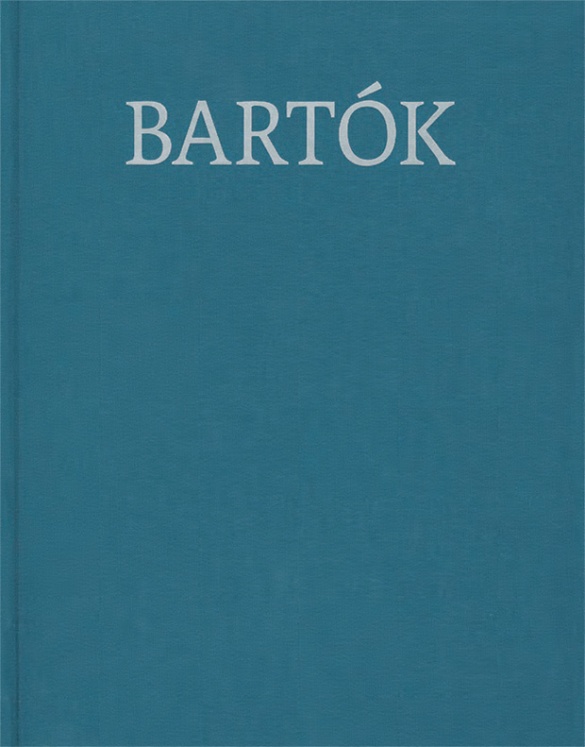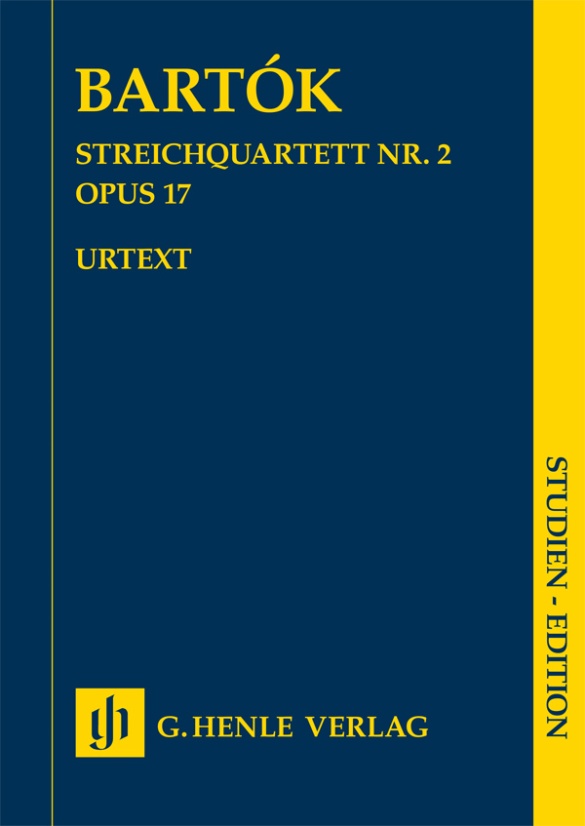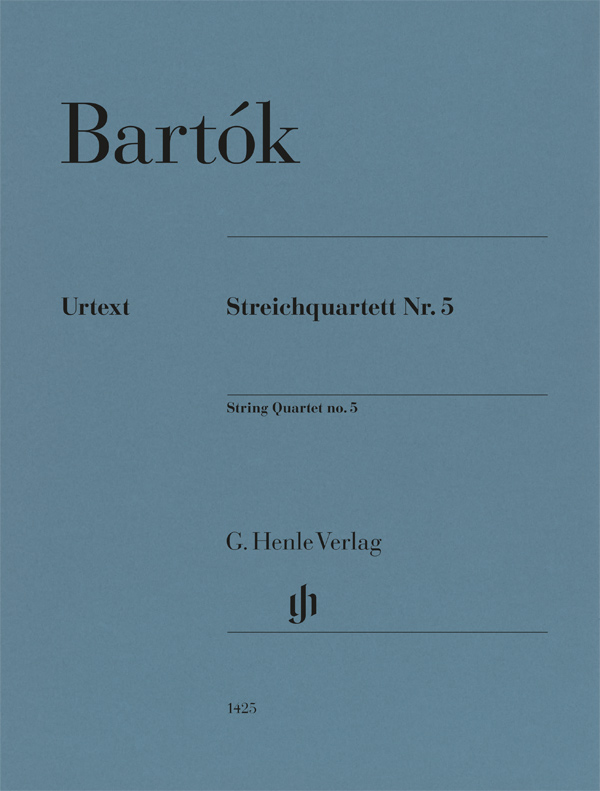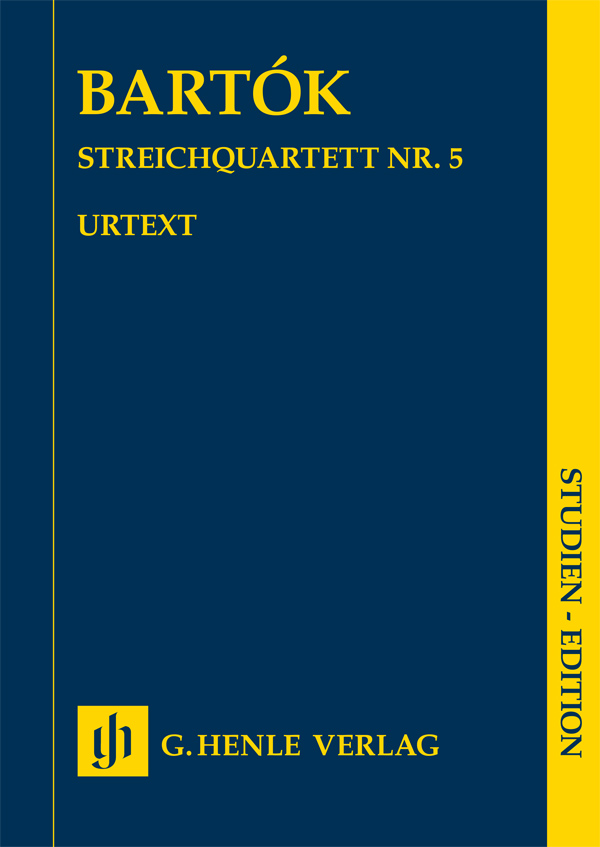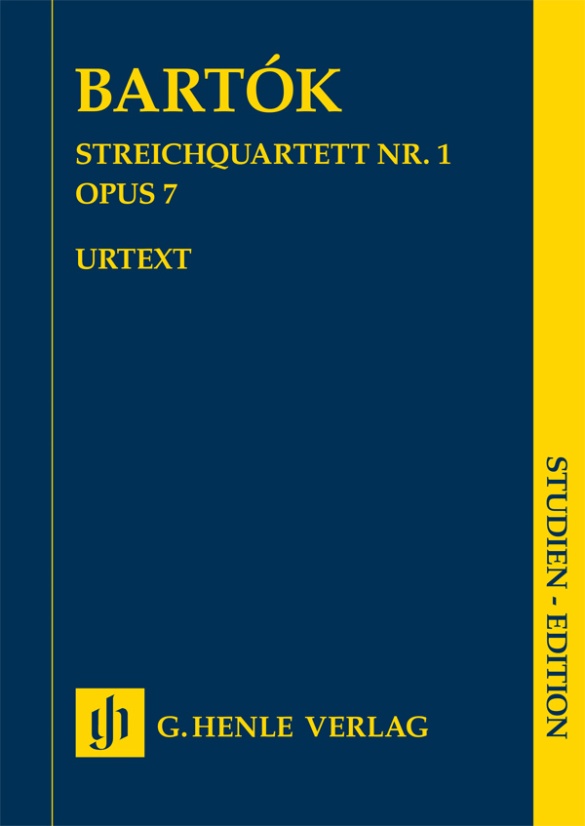Béla Bartók
Vol. 9 | Choral Works
This volume contains the complete works of Bartók for choir a cappella or with piano accompaniment. These works range from four-part male and mixed four- and eight-part choirs to 27 two- and three-part movements for women's and children's choirs. In many pieces Bartók draws on Romanian, Hungarian or Slovak folk songs, in some he uses only folk texts. For some pieces, Bartók placed English or German texts in addition to these. Literal English translations of all of the original texts are given as an appendix, which further contains the first publication of the Two Romanian Folk Songs BB57 from 1909, and also early and foreign language versions of other choir pieces. Besides this, the volume offers a wealth of additional information: The detailed introduction presents the genesis of the works, their publications and reception by the public. The following chapter Notation and Performance provides important information on tempo, phrasing and articulation in these works. The Critical Commentary describes and documents in detail the folk music originals and musical sources for the works. In addition, the continuing consolidation of the musical text up to the final version is meticulously presented; sketches and early versions are also documented.
内容/詳細
作曲家について
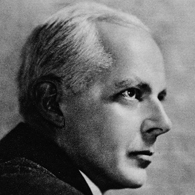
Béla Bartók
This composer, who numbers among the most important musical figures in the first half of the twentieth century, is known principally for his research into Hungarian folk music, the elements of which he incorporated into his style. His broad oeuvre includes numerous works for orchestra, piano, and chamber ensembles, as well as choral music; songs with piano accompaniment; and an opera.
| 1881 | Born in Nagyszentmiklós on March 25. First piano instruction from his mother. |
| 1893–ca. 1896 | Piano studies with László Erkel in Pressburg (Bratislava). |
| 1899–1903 | Studies piano and composition at the Budapest Academy of Music. Symphonic poem “Kossuth” in 1903. |
| from 1905 | Together with Zóltan Kodály he begins scientific field research into Hungarian folk music and thereby refutes conventional notions. He becomes acquainted with the music of Debussy. |
| 1905–07 | Suite No. 2, Op. 4, for small orchestra. |
| 1907–34 | Professor of piano in Budapest. |
| 1908–09 | “For Children,” 85 transcriptions of folk songs for piano, later only 79. |
| 1915–17 | String Quartet No. 2, Op. 17, with percussive playing techniques. |
| 1917 | Premiere of his ballet “The Wooden Prince.” |
| 1918 | Premiere of “Bluebeard’s Castle,” Op. 11 (composed 1911), partially based on the sounds of French music. |
| 1920 | Improvisations on Hungarian Peasant Songs, Op. 20. |
| 1926 | Performance of the pantomime “The Miraculous Mandarin.” Piano cycle “Out of Doors.” |
| 1926–39 | “Mikrokosmos” for piano (six volumes). |
| from 1934 | Editor of the complete edition of Hungarian folk music. |
| 1936 | Music for Strings, Percussion and Celesta as avant-garde work. |
| 1937–38 | Concerto (No. 2) for violin and orchestra. |
| 1940 | Emigrates to the United States. |
| 1945 | Piano Concerto No. 3; his concerto for viola remains unfinished. Death in New York on September 26. |
製品安全に関する情報

G. Henle Verlag
製品の製造元に関する情報はこちらでご覧いただけます。G. Henle Verlag
Forstenrieder Allee 122
81476 München
info@henle.de
www.henle.com
おすすめ
autogenerated_cross_selling
このタイトルを含む他の版
このタイトルを含む他の版


